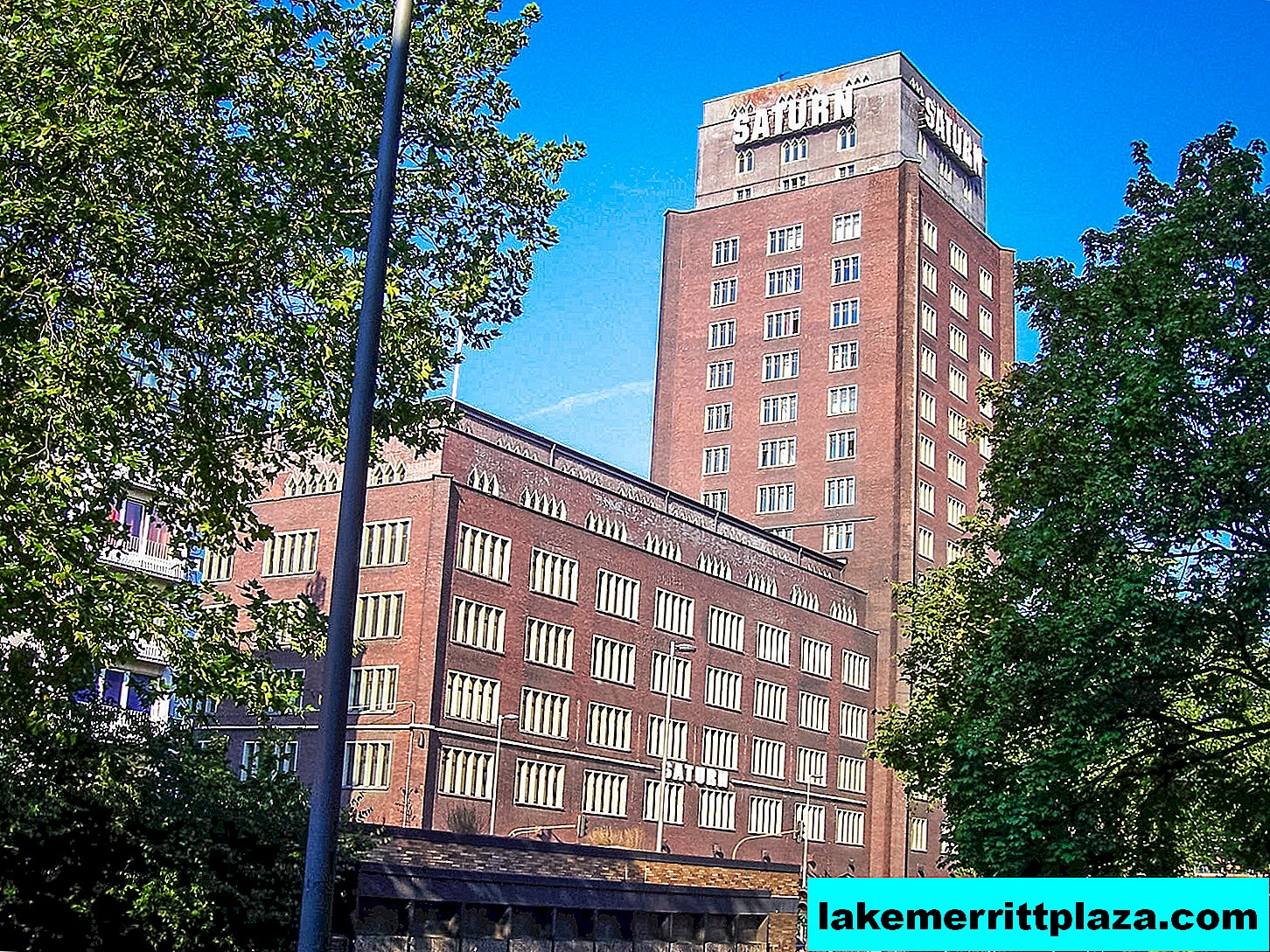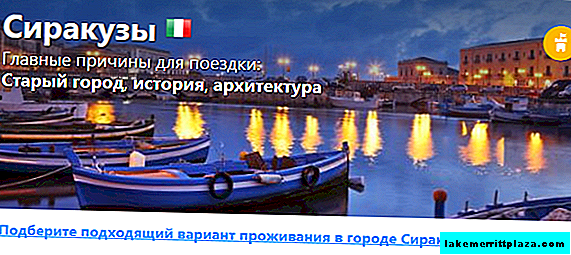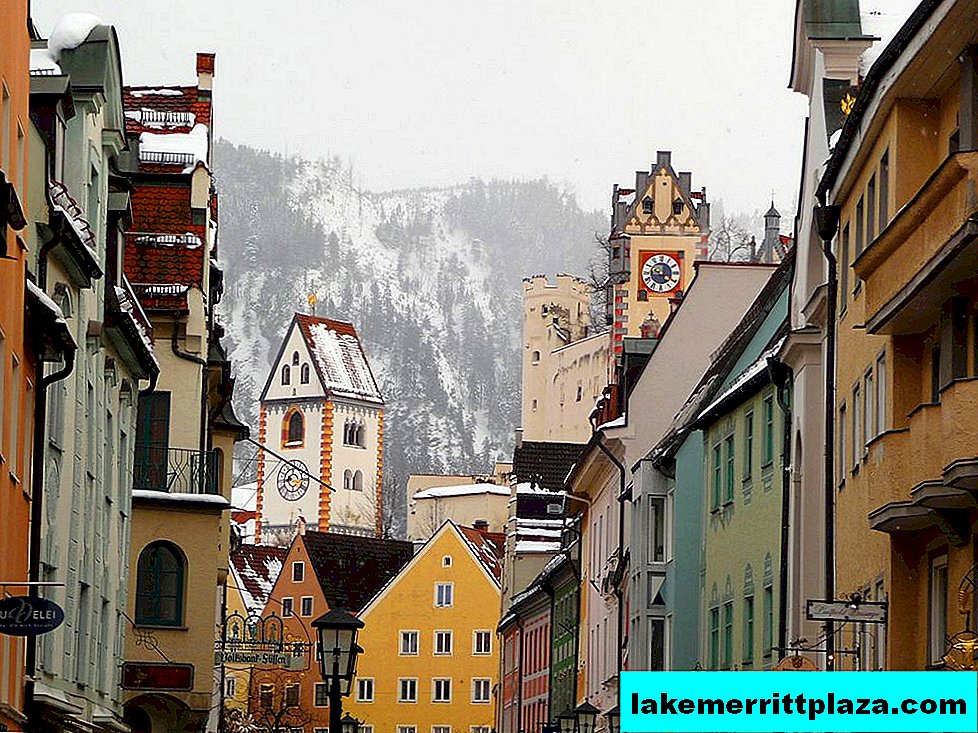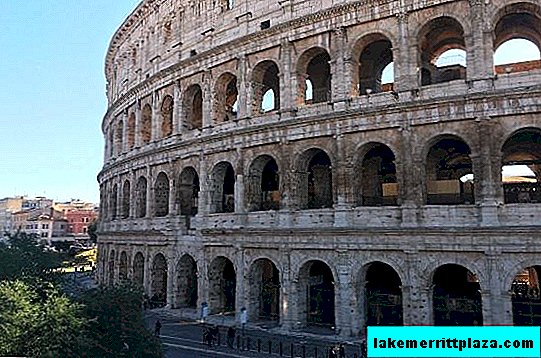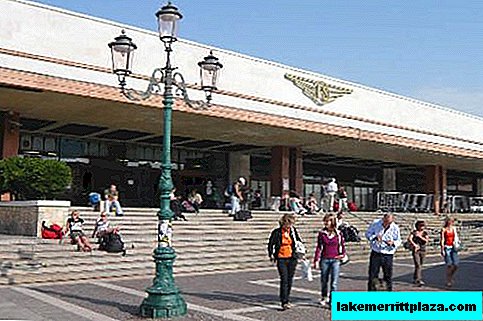In the middle of the fourteenth century, Archbishop Trier Boymond II received imperial permission to build a castle that would protect his possessions from the claims of a belligerent neighbor, Count Katzenelnbogen. Thirty years later, construction was completed. Count Katzenelnbogen soon also began to erect a castle, which he named after him.

Castle Castle (Burg Katz), photo by Léonie von Hausen
In the mid-14th century, the archbishop Trier Boymond II received imperial permission to build a castle that would protect his possessions from the claims of a militant neighbor - Count Katzenelnbogen. Thirty years later, construction was completed and the castle was given the name Turnberg, which, however, was quickly forgotten.
The fact is that Count Katzenelnbogen soon also began to build a castle, which he called his name - Katzenelnbogen. This name seemed too difficult for the people and the castle was called Katz (Cat). According to legend, Count Katzenelnbogen gazed with excellence at the neighboring Thurnberg castle from the height of the 45th tower, erected in the center of his castle, and dismissively called the neighboring castle Mouse. So these names took root among the people - Castle Castle (Burg Katz) and Mouse Castle (Burg Maus).

Mouse Castle (Burg Maus), photo ritsch48
The Mouse Castle was owned by the Trier electorate until the 15th century. The building was well fortified. In the center was a residential building, surrounded by reliable powerful walls and a moat on the eastern side, the most vulnerable. The building in the center of the castle, in which there were living quarters, a two-story hall and office space, had a square courtyard. The fortified tower on the eastern side of the castle served as a shelter for people in case of enemy siege of the castle.

Katz Castle, photo by 小 巨人 看 世界
Two castles - Mouse and Cat, located on the banks of the Rhine and competing with each other, suffered a different fate. The cat, which threatened to catch the Mouse, did not escape a sad fate, since it was destroyed by the French troops of Napoleon in 1806.

Mouse Castle, photo by Chris Tank
The mouse remained safe and sound. Unfortunately, ancient buildings have such an implacable enemy as time. Mouse Castle gradually collapsed until it was bought by an archivist from Wiesbaden, who carried out conservation work on the castle. Only at the beginning of the XX century, work began on the restoration and restoration of the castle. Lost vintage elements of decor and interiors have been replaced with modern ones. The castle was not damaged during the Second World War. Its new owner renovated the castle in 1978 and opened it to the public.
Katz Castle is now privately owned. It is closed to tourists.

Castle Cat, photo wie-wolf

Castle Cat, photo Chris Tank

Mouse Castle, photo Tom on Formosa

Panorama from Mouse Castle, photo Christof
Castle Cat (Burg Katz)
56346 Sankt Goarshausen, GermanyMouse Castle (Burg Maus)
Bachstr. 30 b, 56346 Sankt Goarshausen, Germany
burg-maus.de
Cats Castle
Mouse Castle
How do I save on hotels?
Everything is very simple - look not only at the booking. I prefer the search engine RoomGuru. He is looking for discounts at the same time on Booking and on 70 other booking sites.

 Cats Castle
Cats Castle Mouse Castle
Mouse Castle